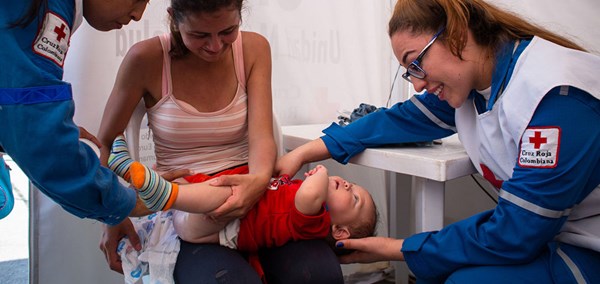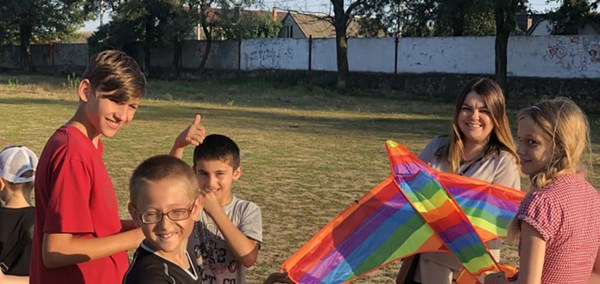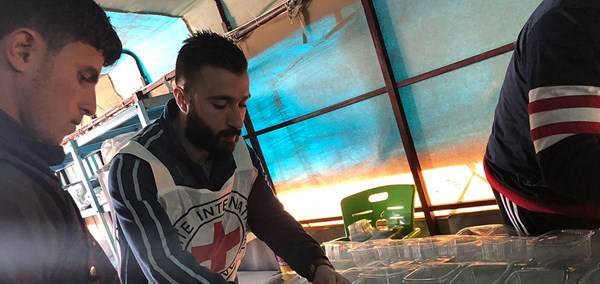Region Africa

Medical care
Conflicts and protracted crisis affect a number of countries on the continent.
Regional snapshot
Conflicts and protracted crisis affect a number of countries on the continent. These humanitarian challenges are often worsened by drought, floods, food insecurity and outbreaks of disease. In Africa, more than 20 million people have been forcibly displaced.
NorCross works closely with Movement partners and supports projects in Burundi, Kenya, Somalia, South Sudan and Nigeria.
Burundi, Kenya, Nairobi, Nigeria, South Sudan, Somalia
In Somalia...
Quality, reliable healthcare for nomads
The importance of health care for pregnant women in Somalia cannot be underestimated. The country’s maternal mortality rate is 829 deaths per 100,000 live births; in Norway that figure is just two. More than 90,000 women and children received vaccinations, nutritional advice and assistance during childbirth at Red Crescent clinics in Puntland.

Projects – Thematic area
Health
- Primary and secondary health care to Somali refugees in Dadaab camp. Human Impact: Two Polio vaccination campaigns were successfully conducted in 2019. Both targeted children under 5 and achieved 96% coverage.
- Mother and child health and cholera prevention in Mombassa and Laisamis in the north of the country.
In Kenya…
Hand washing saves lives
NorCross activities are geared towards cholera prevention. Hygiene advice on when and how to use clean water and latrines reached over 72,000 people. Hand washing sessions in schools and rural communities helps prevent the spread of disease.




